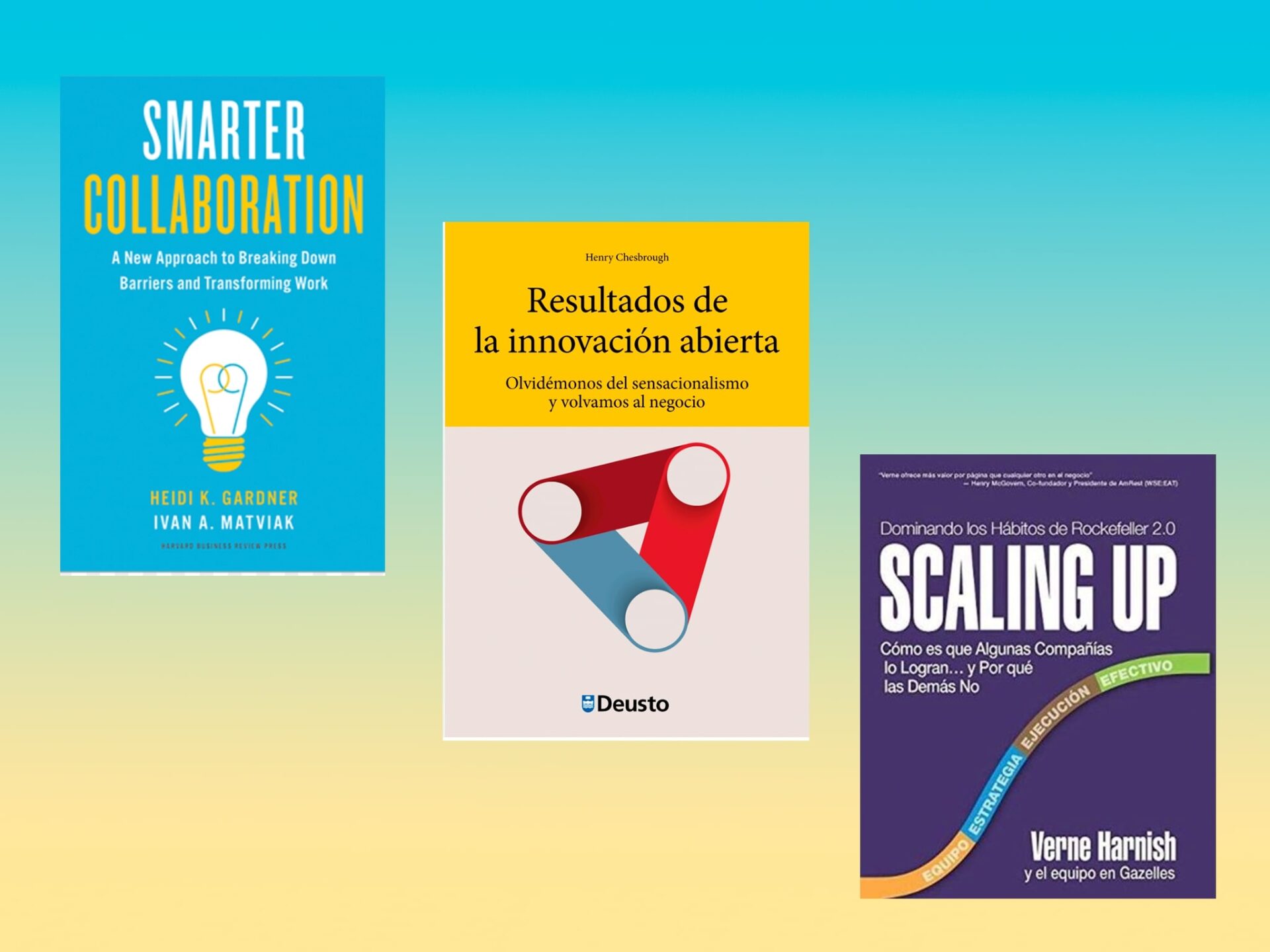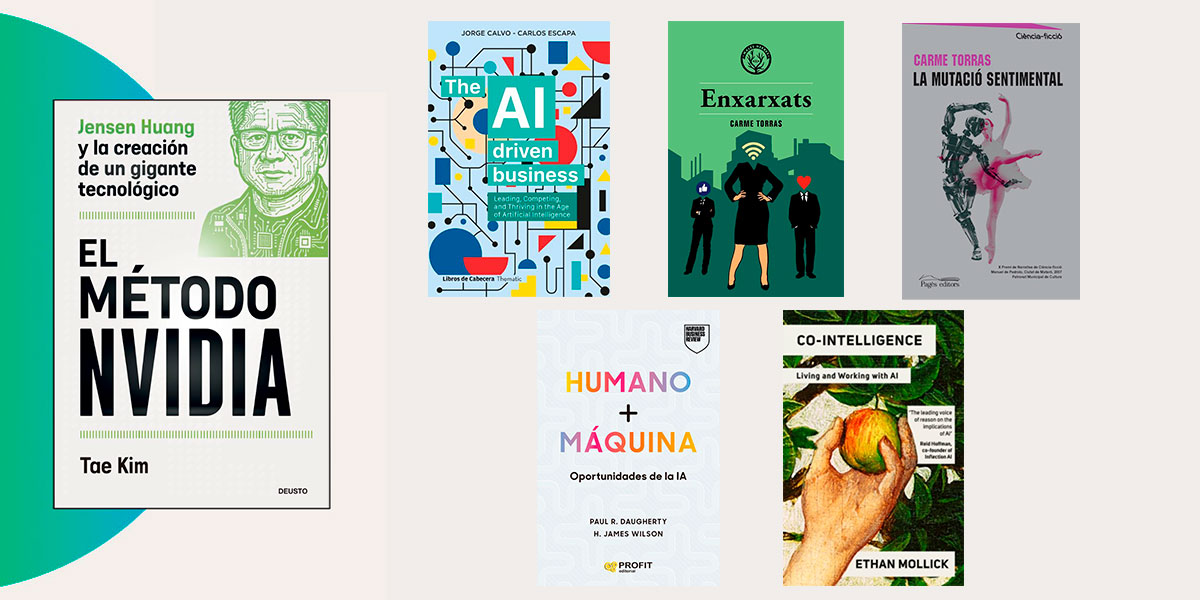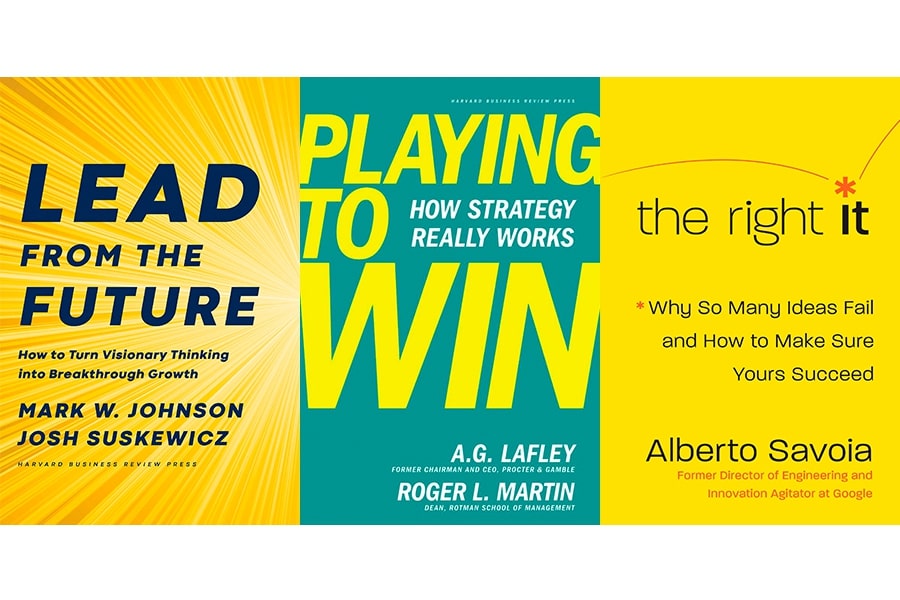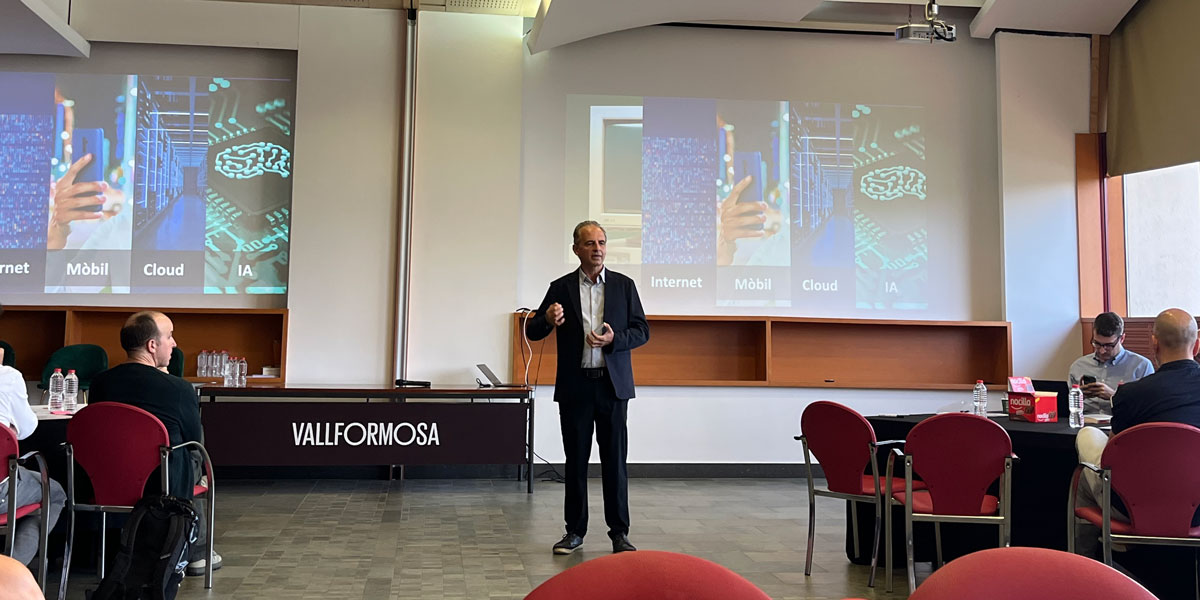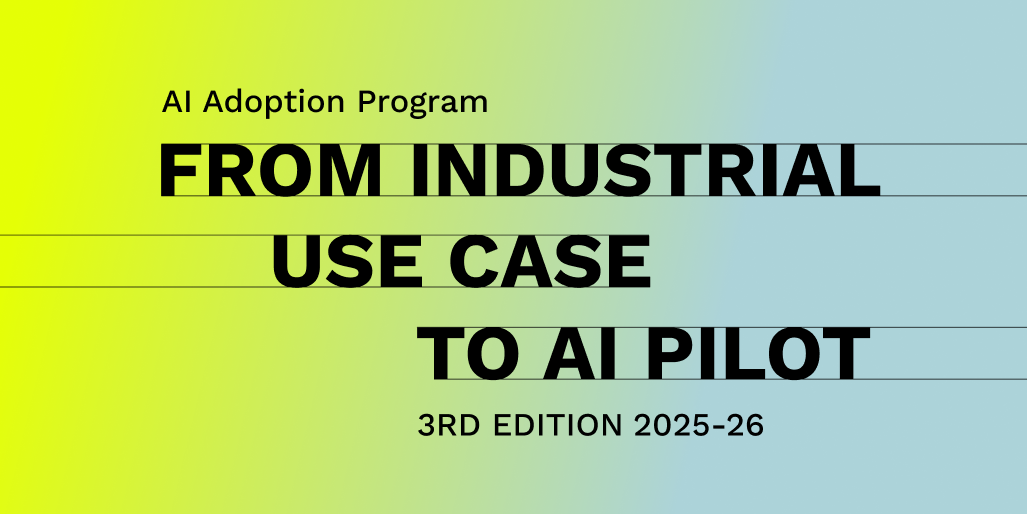10 books on Management and Innovation that accompanied us during the Lead to Change Boston Seminary.
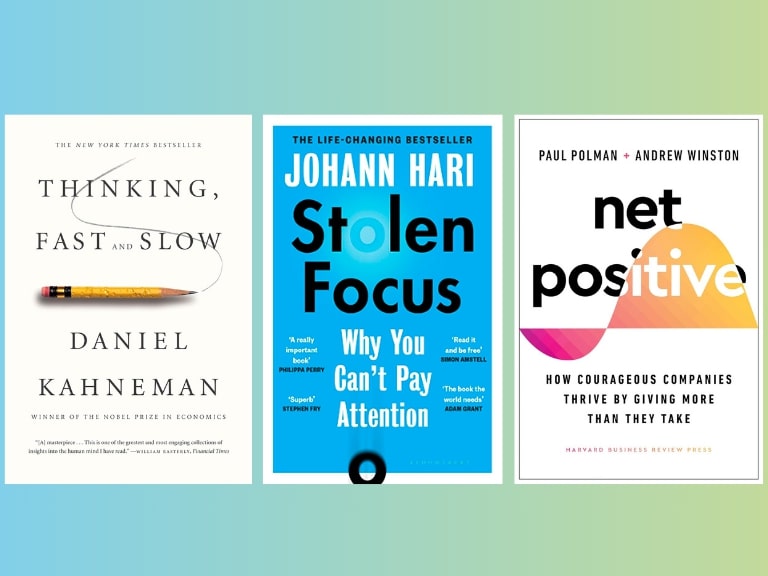
Recently, some members of INDPULS participated in the Seminar in Boston on Strategy, Growth, and Innovation organized by Lead To Change. Below, we share a series of books that we read during the preparatory phase of the seminar or that were recommended to us during sessions by various speakers.
“Thinking, Fast and Slow” by Daniel Kahneman.
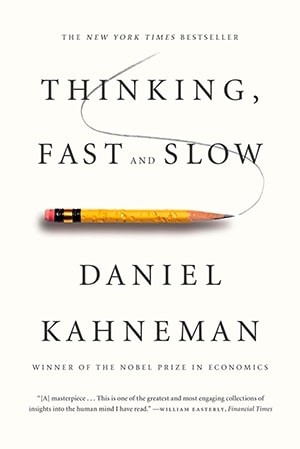
Jay Rao, a professor at Babson College, recommended this classic bestseller by Daniel Kahneman, a psychologist and Nobel Prize winner in economics, that explains the two mental systems involved in decision-making. Through examples, it offers an insightful reflection on how to improve decision-making and understand the complexity of the human mind.
“The Power of Habit: Why We Do What We Do in Life and Business” by Charles Duhigg.

Recommended by Jay Rao, this book is an analysis of how habits are formed and their impact on our lives and work. Duhigg delves into the science behind why we do what we do, emphasizing the importance of habits for success and efficiency. Through case studies and examples, the book demonstrates how changing negative habits to positive ones can bring about personal and organizational transformation.
“Leading change”by John P. Kotter.
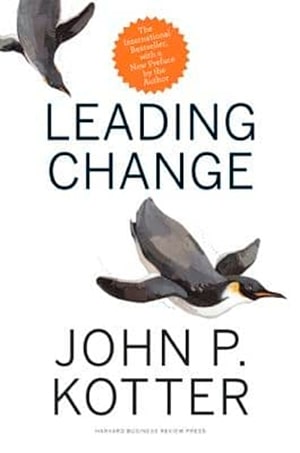
“Leading Change” by John P. Kotter offers a strategic approach to leading effective change processes in organizations. Kotter identifies eight key stages for implementing successful changes, from establishing a compelling urgency to embedding new approaches in organizational culture. Through business examples and case studies, Kotter illustrates common challenges faced by leaders during changes and provides practical strategies to overcome them—an essential book for leaders seeking to transform their organizations effectively and sustainably.
“Innovar. Un manifiesto de acción” by Luis Pérez-Breva.

Pérez-Breva, Director of the MIT Innovation Teams, challenges traditional conceptions of innovation by emphasizing that it’s not just about brilliant ideas but a systematic and pragmatic process. The author proposes an approach based on rapid experimentation and constant adaptability, encouraging readers to actively engage in the innovation process. Through clear examples and principles, Pérez-Breva provides an inspiring guide for those looking to drive innovation in their lives and organizations.
“La quinta disciplina” by M. Senge.
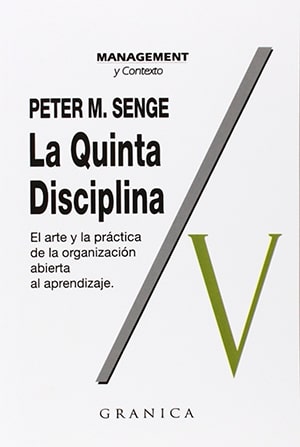
Alejandro Santana, Partner Director of Lead to Change, provided us with a summary of “The Fifth Discipline” by Peter M. Senge. This work introduces the concept of the learning organization, highlighting five key disciplines: personal mastery, mental models, shared vision, team learning, and, especially, systemic thinking, which unites them all. This essential book in management and leadership proposes an approach to organizational growth and adaptability, emphasizing the importance of continuous learning and innovation.
“Stolen focus. Why you can’t pay attention” by Johann Hari.
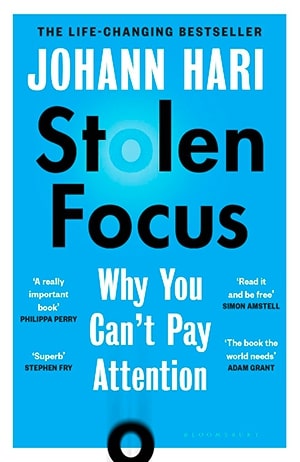
Marc Marcet, Innovation Partner at Lead To Change, introduced us to the book “Stolen Focus” by Johann Hari. Through his own experience and observing the behavior of young people, the author reflects on the tsunami of information and attention difficulties. Numerous interviews and scientific evidence support all of this. Johann Hari highlights a series of factors that influence our ability to pay attention. Among them are the increase in the pace of life, physical and mental fatigue, new technology that follows us and can manipulate us, the inability to maintain a sustained reading pace, stress, etc.
“Management humanista” by Xavier Marcet y Javier García.
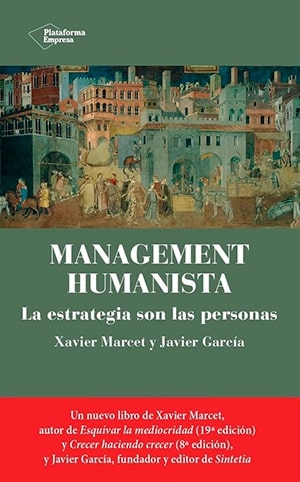
Another reading that accompanied us in Boston is “Humanistic Management. The Strategy is the People” by Xavier Marcet and Javier García. Thanks to their experience and knowledge, the authors present us with a business Renaissance capable of creating corporate and social value, accompanied by financial solidity that paves the way for innovation and creativity, without neglecting the essence and the people.
“Innovación 2.0: ¿Por qué cuando hablamos de innovación nos olvidamos de las personas?”, by Jay Rao.
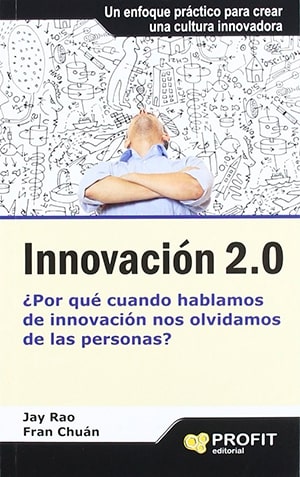
For those concerned about generating a culture of innovation in their company or team, a highly recommended and engaging book is ‘Innovation 2.0: Why do we forget about people when we talk about innovation?’ by Jay Rao, a professor in Executive Education programs at Babson College. Through a dialogue between a curious executive and a business school professor, Jay Rao shares a series of tools to develop an authentic innovation culture centered around people.
“Strategic Learning: How to Be Smarter Than Your Competition and Turn Key Insights into Competitive Advantage” by Willie Pietersen.
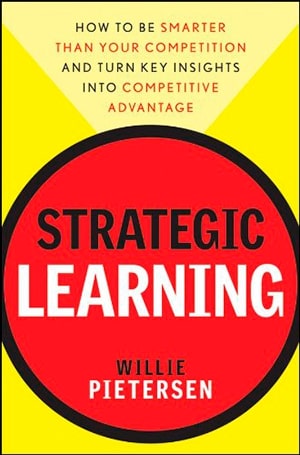
Xavier Marcet, President of Lead to Change, during his lecture, referred to the book ‘Strategic Learning’ where the author proposes an iterative model for strategic planning and execution in business. The approach is based on a four-step cycle: learn, focus, align, and execute. Pietersen argues that, in a constantly changing business world, organizations must continuously adapt by learning from their environment, focusing on the most critical opportunities, aligning their resources to exploit these opportunities, and executing their plans effectively. This process of strategic learning enables companies to stay ahead of their competitors by turning key insights into sustainable competitive advantages.
“Net Positive: How Courageous Companies Thrive by Giving More Than They Take” by Paul Polman.

The authors advocate for a business model in which companies contribute more to the world than they extract. They argue that going beyond minimizing harm to having a net positive impact is not only ethically correct but also strategically advantageous, leading to long-term innovation and sustainability. Through examples from industry leaders, the book provides a framework for companies to transform into “net positive” entities, driving business success while addressing global challenges.
